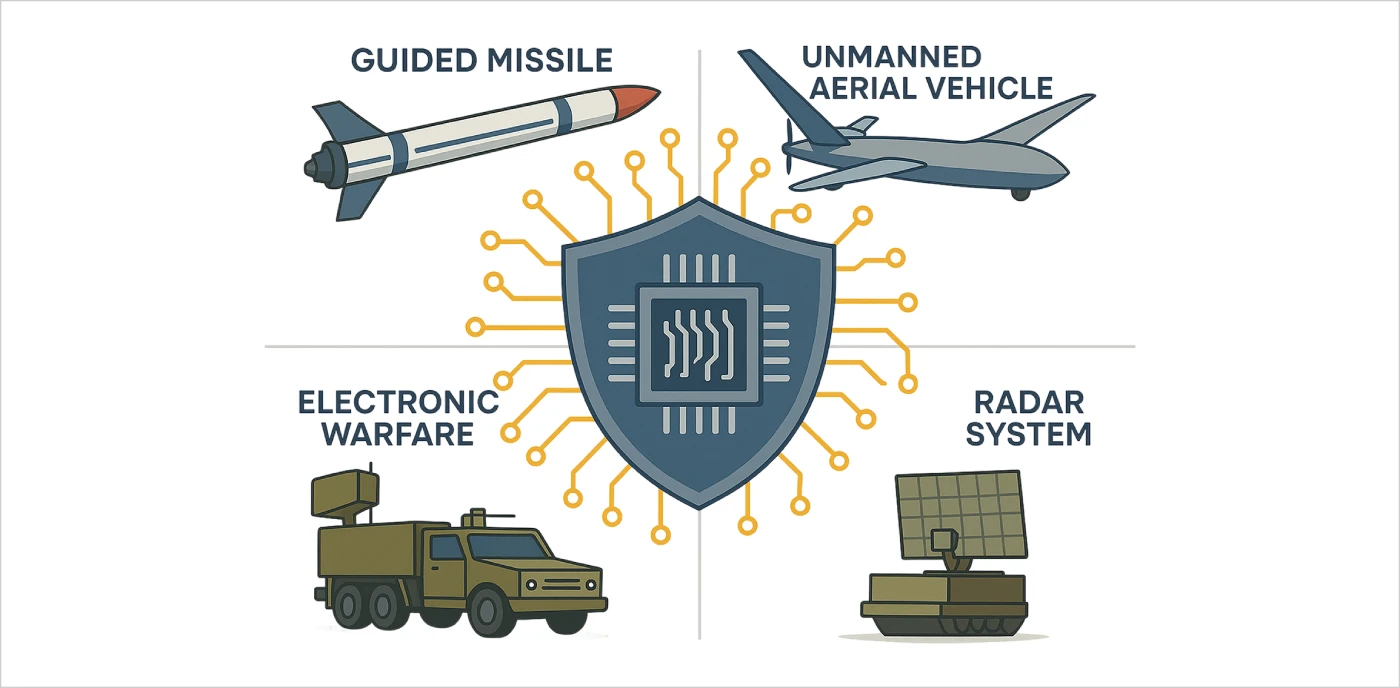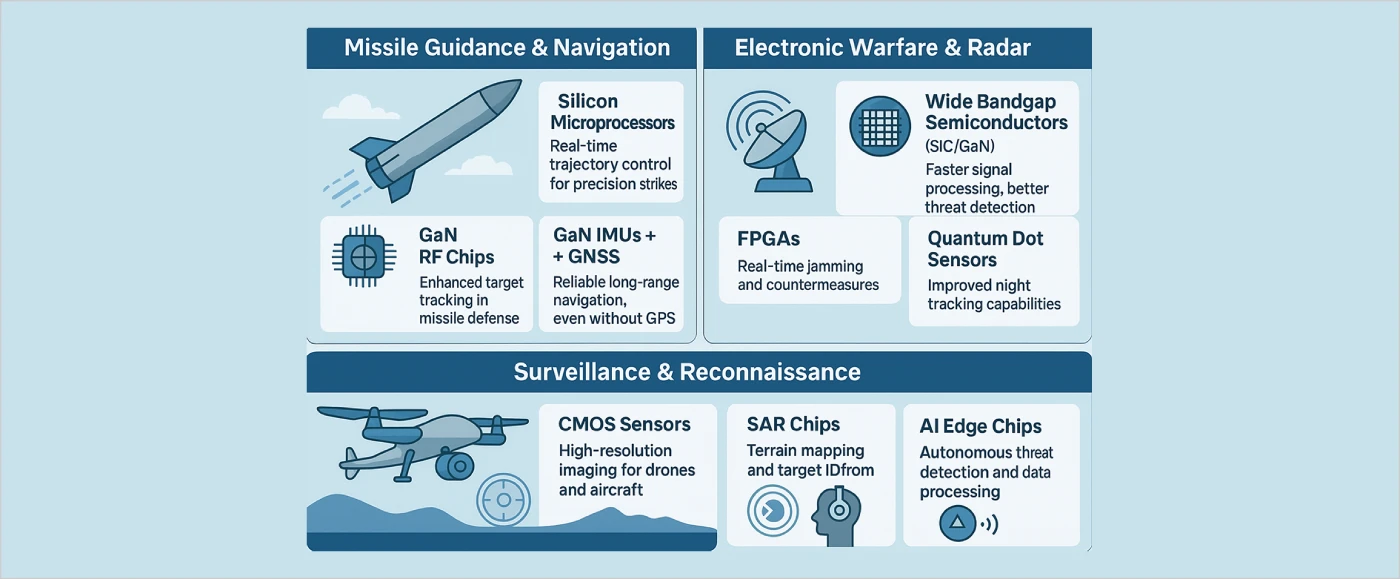War has always been part of human history, and true global peace still seems far away. While modern wars may look intense on TV screens, they are generally far less deadly and destructive than what the world has seen in past. For example, in February 1945, during the bombing of Dresden, Germany, Allied planes dropped unguided bombs aimed at disrupting supply lines. However, the attack triggered a firestorm that killed about 25,000 people and destroyed most of the city, even though it wasn’t a major military target. In contrast, recent conflicts around the world have used far more advanced weapons but resulted in fewer casualties. As military technology evolved from gunpowder to tanks to nuclear weapons, wars became shorter, though still devastating. World War-2 remains the deadliest, with an estimated 70–80 million lives lost.
Today, most battles are fought remotely using advanced weapons that strike deep into enemy territory while keeping own forces out of harm’s way. Modern air battles are fought primarily in the Beyond Visual Range (BVR) domain. The era of vintage fighter planes engaging in close-range dogfights is long gone. Today’s fighter jets are equipped with missiles capable of striking targets nearly 200 km away, far beyond visual sight. To detect and track such distant targets, they rely on advanced AESA (Active Electronically Scanned Array) radars and are supported by airborne AEW&C (Airborne Early Warning and Control) systems that serve as eyes in the sky. These BVR engagements are made possible by sophisticated electronic systems, sensors, and radars, all of which depend on complex semiconductor technologies to enable their advanced capabilities.

The shift in battlefield tactics has reduced civilian harm and damage. This is mainly due to precise, guided weapons powered by semiconductor-based integrated circuits (ICs) that enable smart targeting and real-time tracking. Semiconductors, which revolutionised smartphones and satellites, have also made weapons smarter, faster, and more accurate. These ICs are key to guided missiles, radars, drones, and surveillance systems, processing huge data quickly for precise targeting, adaptive routes, and secure communication. Such electronics have moved warfare from blunt attacks to focused, strategic strikes.
At Orbit & Skyline, we enable these advancements by delivering end-to-end semiconductor solutions for global FAB customers to support the development of advanced RF, MEMS, and power devices critical for strategic applications.
Rise of Precision Warfare
Warfare has significantly transformed from the close-combat battles of past to today’s reliance on unmanned systems like missiles and drones. A century ago, weapons such as tanks, rifles, and grenades primarily mechanical and chemical systems were designed for maximum destruction, often resulting in heavy casualties with little concern for collateral damage. Modern armies no longer use inaccurate, unguided weapons that can cause accidental damage and political problems, especially with the world watching closely. Such mistakes can harm their goals.
Today, nations prioritize precision and control in military operations through smart, guided weapons. These rely on semiconductor components for navigation, guidance, surveillance, and reconnaissance enhancing effectiveness and enabling shorter, more focused missions. Precision weapons allow defence forces to deliver targeted strikes with minimal collateral damage, signalling intent without triggering full-scale conflict. This strategy provides several key advantages:

Semiconductor Technologies in Advanced Weapon Systems
Semiconductor technologies are essential in modern weapon systems, enhancing precision, range, guidance, navigation, surveillance, and electronic warfare. Here are some examples how various semiconductor technologies (Silicon, GaN, MEMS, FPGAs, Sensors etc.) are used in modern weapon systems:

Electronics warfare and Radar: Electronic warfare (EW) and radar systems, built on different semiconductor technologies, form the key driver of battlefield dominance. Integrated circuits (ICs) fabricated using technologies such as CMOS, GaN, GaAs, and SiGe, enable operation across low-frequency digital domains and high-frequency bands—from L-band to millimetre-wave. These technologies support critical functions like signal detection, response generation, and countermeasures, enabling fast RF transmission, real-time processing, and agile control essential for modern EW and radar systems.
At the front end, GaN-based high electron mobility transistors (HEMTs) in monolithic microwave integrated circuits (MMICs) deliver high-power RF amplification with good thermal efficiency, key for long-range radar and jamming. These are paired with low-noise amplifiers (LNAs), often made using SiGe BiCMOS or pHEMT processes, to ensure high sensitivity and signal integrity. RF switches and phase shifters, built on SOI or RF MEMS, enable dynamic beam steering in AESA radars, allowing electronic scanning without moving parts.
High-speed analog-to-digital (ADC) and digital-to-analog converters (DAC), typically CMOS or bipolar digitize wideband signals for baseband processing. Radiation-hardened FPGAs and DSP cores handle FFTs, beamforming, and adaptive filtering. PLL synthesizers and VCOs, using SiGe or advanced CMOS, provide low-jitter, frequency-agile clocking critical for threat detection and deception. Together, these semiconductor components form the backbone of radar and EW systems, delivering precision, speed, and resilience in modern electromagnetic warfare.
Guidance and Navigation: In modern missiles and drones, guidance and navigation rely heavily on semiconductor-based components that ensure precision and reliability even in challenging environments. At the core of these systems are inertial navigation systems (INS), which use MEMS accelerometers and gyroscopes to measure motion and orientation without external signals crucial for operation in GPS-denied conditions. These are often integrated into compact IMUs (Inertial Measurement Units) that fuse data in real time to calculate position and velocity. When GPS signals are available, GNSS receiver chips provide absolute positioning by processing satellite signals, with advanced modules incorporating anti-jamming and anti-spoofing features to maintain accuracy under electronic warfare. Complementing these are digital signal processors (DSPs) and microcontrollers (MCUs), which handle sensor data processing, flight control algorithms, and real-time decision-making. These systems typically utilize semiconductor technologies such as CMOS for GNSS and signal processing ICs, MEMS processes for inertial sensors, and advanced packaging to integrate these functions in compact, rugged modules. Together, these semiconductor components enable autonomous, accurate, and adaptive navigation critical to modern missile and UAV operations.
Explore how we at Orbit & Skyline help global FABs and system integrators by supporting GaN process optimization, enabling better RF and radar performance. Read our related post on GaN in semiconductors here.
Surveillance and Reconnaissance: Surveillance and reconnaissance systems today use many types of semiconductor technologies for sensing, data processing, and secure communication. CMOS and CCD image sensors are used in electro-optical and night vision equipment. For thermal and FLIR imaging, infrared detectors made from materials like InGaAs, HgCdTe, and InSb are combined with special Readout ICs (ROICs). In radar systems, GaN HEMT chips are used in power amplifiers to send signals efficiently, while SiGe or pHEMT-based LNAs help in receiving weak signals clearly.
High-speed ADCs and DACs made using CMOS or BiCMOS are used to convert radar signals including those from Synthetic Aperture Radar (SAR) into digital form for further analysis. SAR provide clear images even at night or in bad weather. Systems use FPGAs, SoCs, and AI chips, often made with advanced FinFET technology, to process this data quickly. AI edge ICs make fast, low-power decisions on the spot. DRAM and SRAM store sensor data, while secure MCUs and RF transceivers enable encrypted, high-speed communication. Together, these semiconductor parts help satellites, aircraft, and drones deliver accurate, real-time battlefield information.
Tiny Chips, Big Defence
Semiconductors also serve as a shield for nations not just for those using advanced weapons, but especially for those that develop them. While many countries can buy defence systems, only a few can design and manufacture the complex semiconductor ICs inside them. These ICs are classified as commercial, military, or space-grade, with increasing reliability and performance demands. Military systems often operate in extreme conditions from -40°C to 150°C requiring robust, fail-proof chips. Access to such military-grade ICs is restricted by various regulations and export controls. Hence, having a domestic, secure semiconductor manufacturing ecosystem is critical. Without it, countries risk supply-chain disruptions during strategic needs. These ICs function as sensory organs; eyes, ears, and brains of missiles, drones, and UAVs, and are essential for mission success.
A nation with precision-strike capabilities can deter adversaries from engaging in prolonged conflict something seen very clearly in recent global conflicts. These semiconductor-driven systems form a “Silicon Shield,” reducing the impact of warfare on civilians and infrastructure. Compared to the devastation of the World Wars, recent conflicts have seen far less destruction, underlining the value of precision weapons in enabling restrained and strategic military actions.
With 15+ years of expertise and a global team of 500+ engineers, Orbit & Skyline is a trusted partner in the semiconductor industry. If you are looking for a semiconductor services and solution partner, reach out to us at hello@orbitskyline.com.


